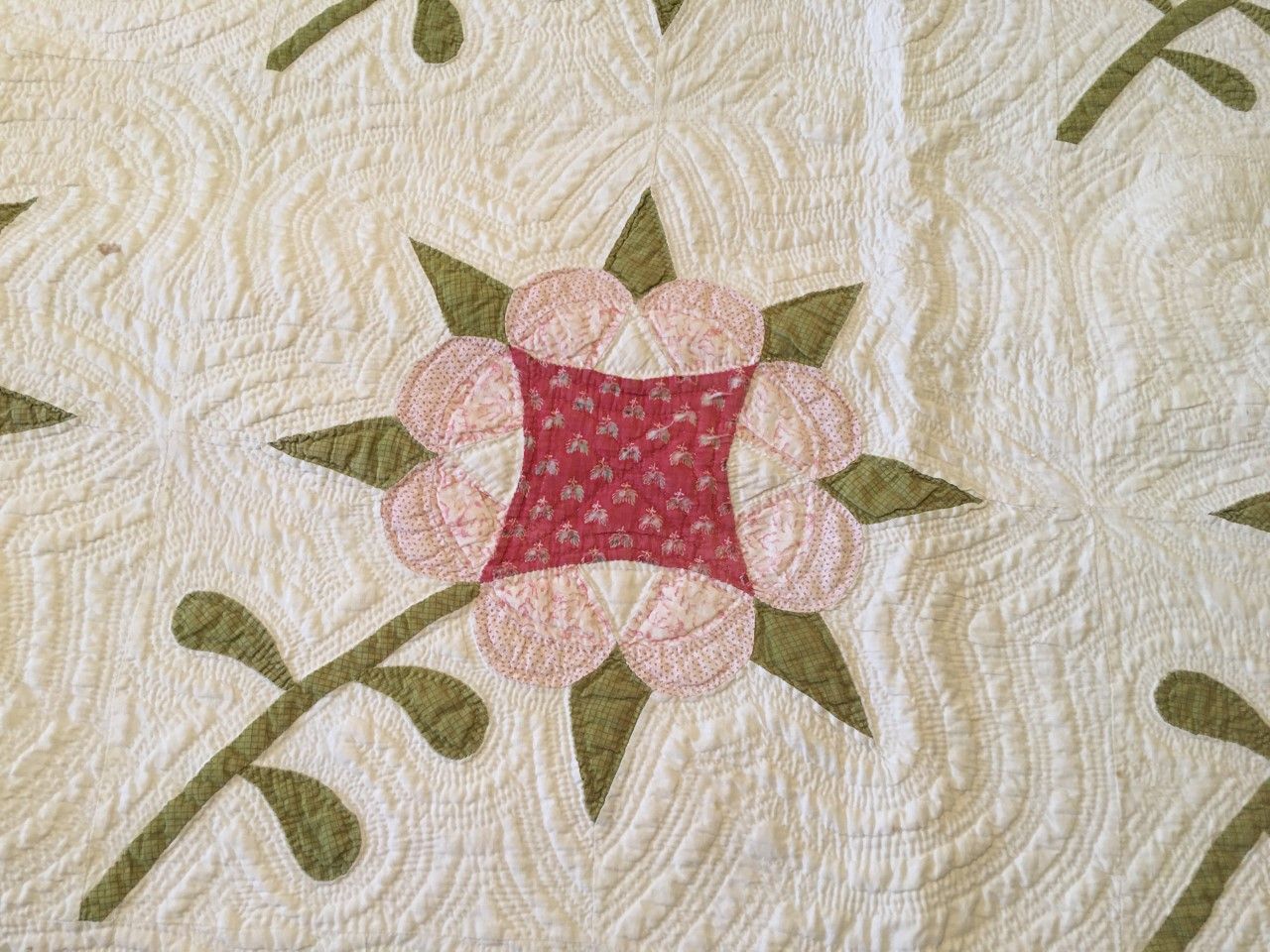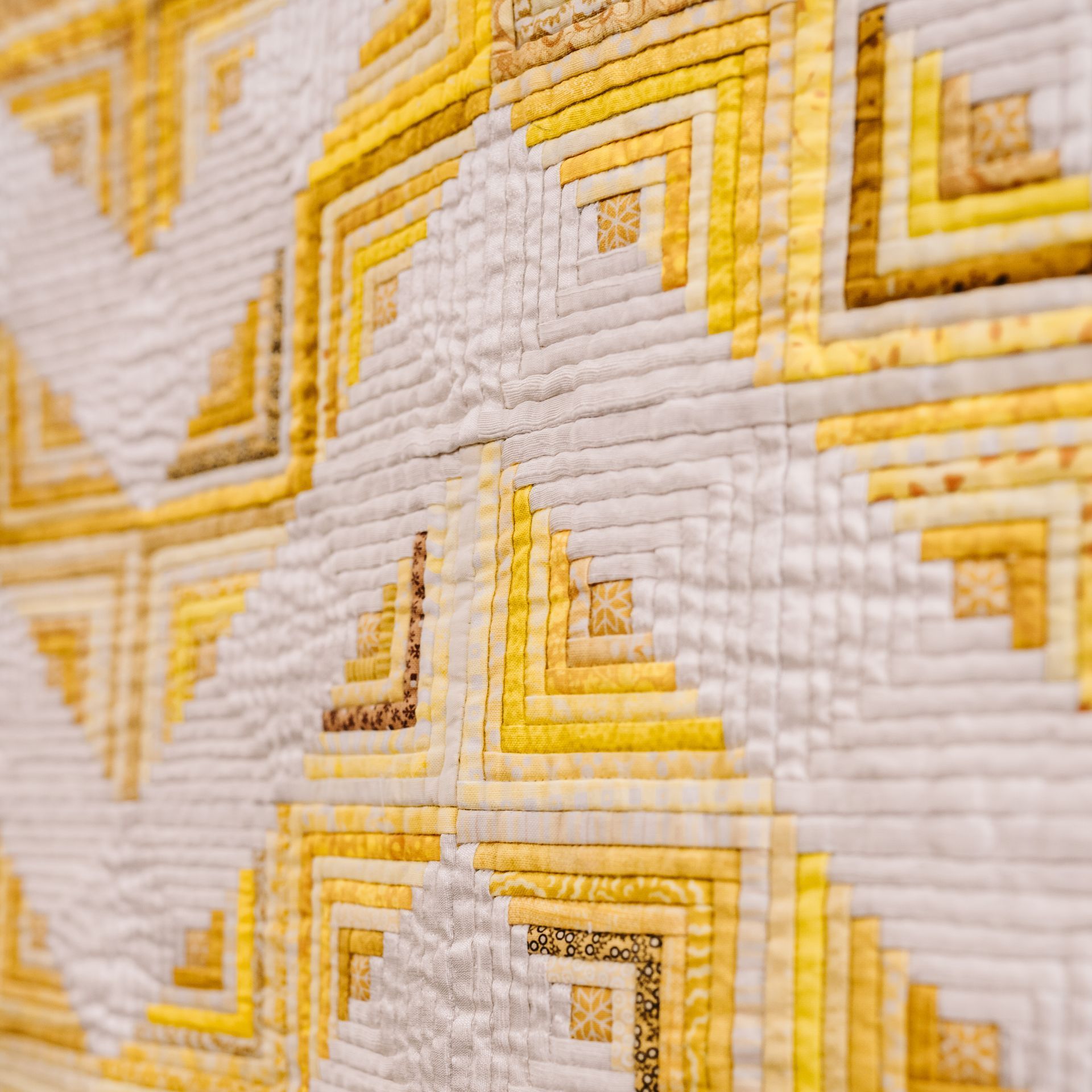Quilt History Snippets - November 2024
What: Review of Uncoverings 1993, Volume 14 of the Research Papers of the American Quilt Study Group, edited by Laurel Horton
Topic: “Southwestern Quilts and Quiltmakers in Context”
Author: Jeannette Lasansky
This author, Jeannette Lasansky, has authored numerous books and articles on Pennsylvania's history and material culture, including detailed and authoritative research on Pennsylvania quilt making practices and culture. Several of her books have long been in my personal library and I’ve used her research as a resource in my own work.
In 1985 she was commissioned by the Museum of International Folk Art in Santa Fe, NM to “survey living traditional quiltmakers” particularly rural women living in New Mexico who had learned to quilt from relatives or friends—not from workshops, videos, or manuals.” [p. 97] What resulted was a project much like that which resulted in the 1977 book, The Quilters: Women and Domestic Art, written Patricia Cooper and Norma Bradley Buferd, which reported in words and photographs the lives and quilt work of Depression era women in Texas and New Mexico. That was a book which led to a stage play and a widely distributed and popular screen play.
Much of Lasansky’s research was done by telephone and initially involved contact with more than 200 women from a number of localities in New Mexico. The project was publicized statewide, through quilt guilds, senior citizen centers, and historical societies. Most of the quilters finally interviewed were “Anglo- and Hispanic-American women.” [p. 97] There were extensive interviews and photographs collected of the quilters and their quilts. All the tape-recorded tapes of interviews are “fully indexed” and “housed in the collection of the Museum of International Folk Art” in Santa Fe, NM. [p. 99]
There are fascinating life stories included in this article and the names of many of the women are given. Details include life lived in a “box house”, construction and use of quilt frames (particularly those suspended from the ceiling which could be lowered and raised when needed), and ratchet-style floor frames. [p. 100-104] Batting, thread, and fabric sources are discussed and described. [p. 104-108] Use and maintenance of quilts by these women in New Mexico is also covered. [p. 109-112] Finally, patterns used by quilters and the common style of construction is discussed. [p. 112-115] The Notes and References section is extensive and enlightening. There is much good information there for all of us.
This is a readable and informative article for those of us who research and write about quilt history and who want to know more about early to late-mid-nineteenth-century quilt making in America.
Share Post




